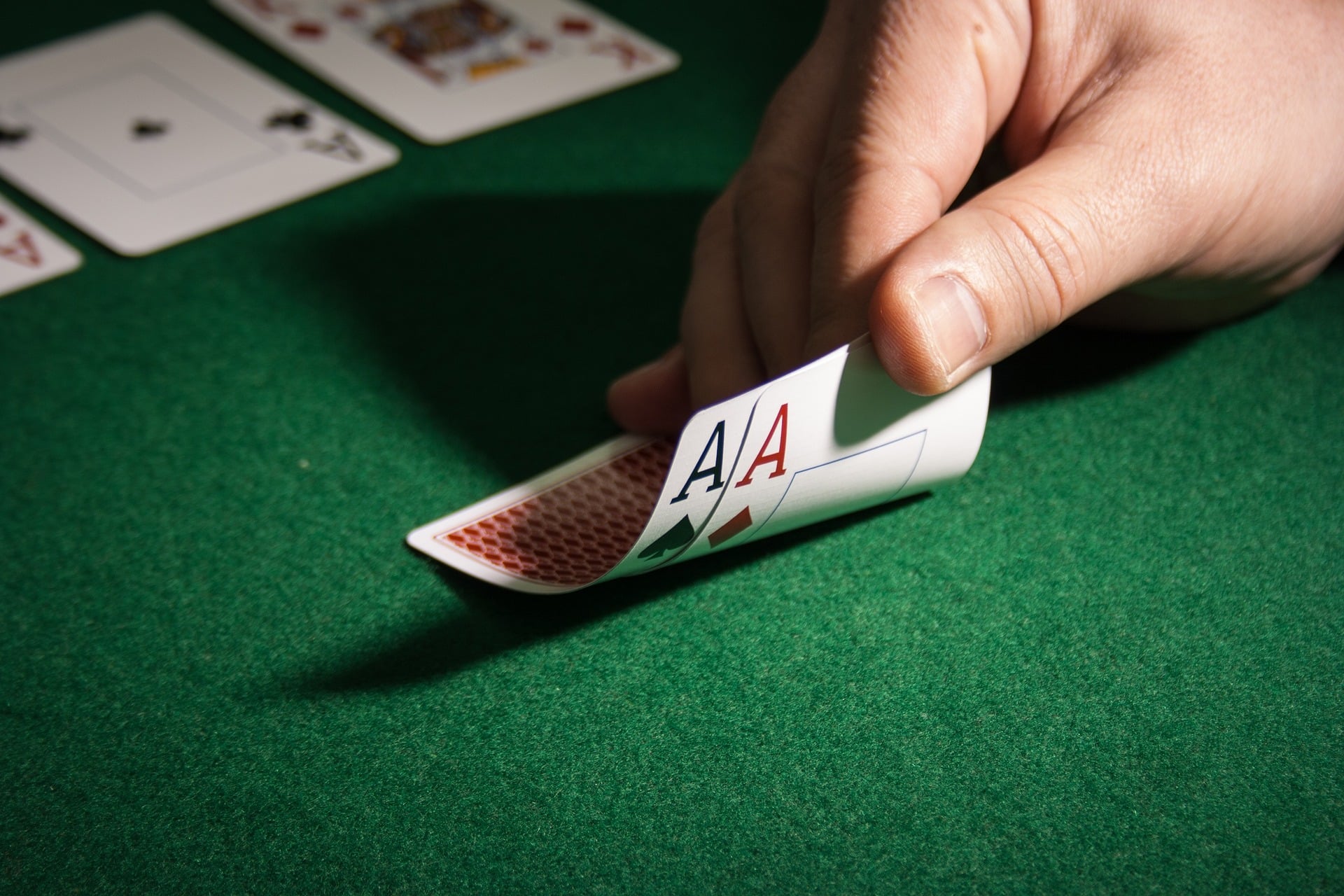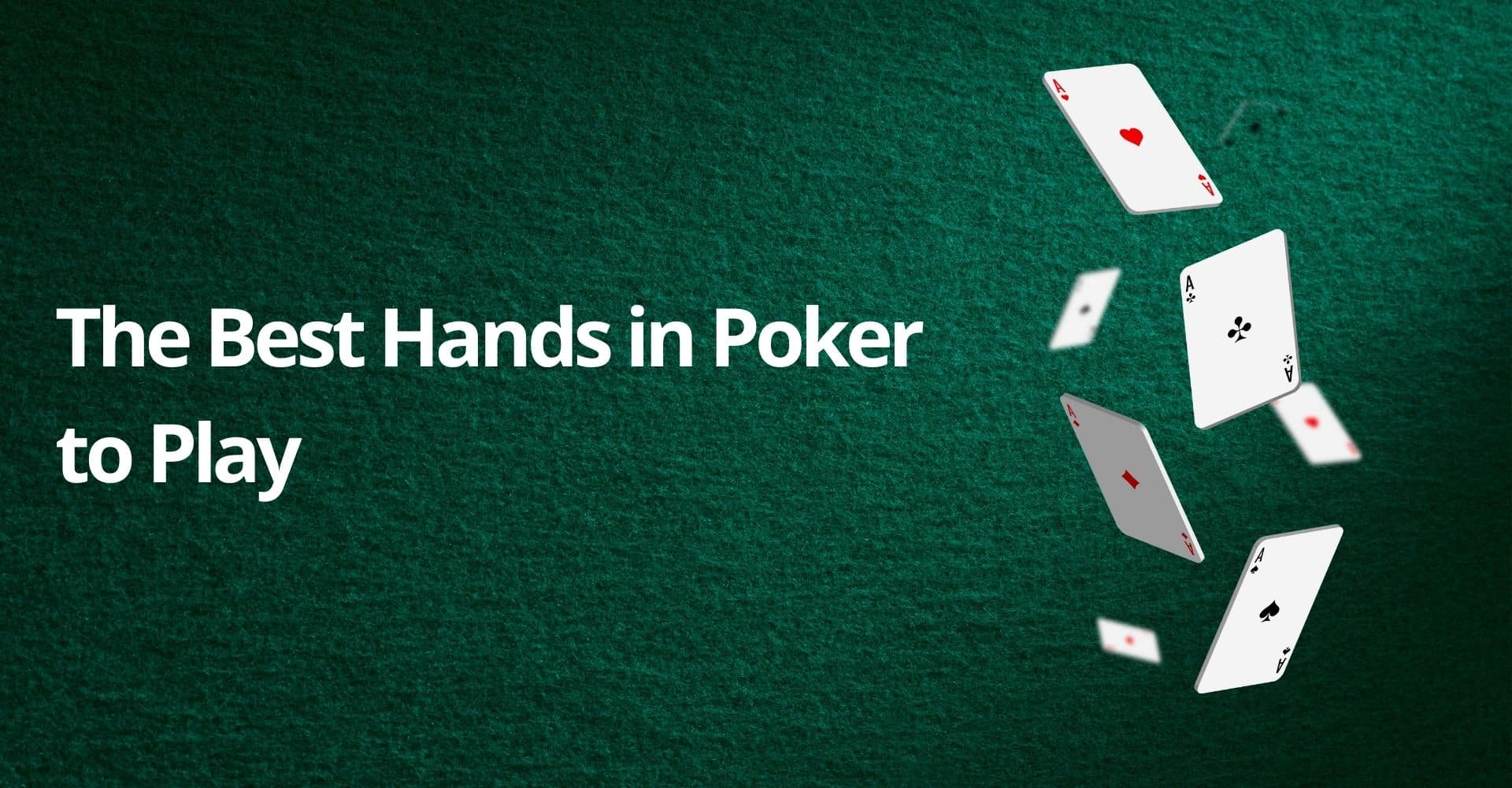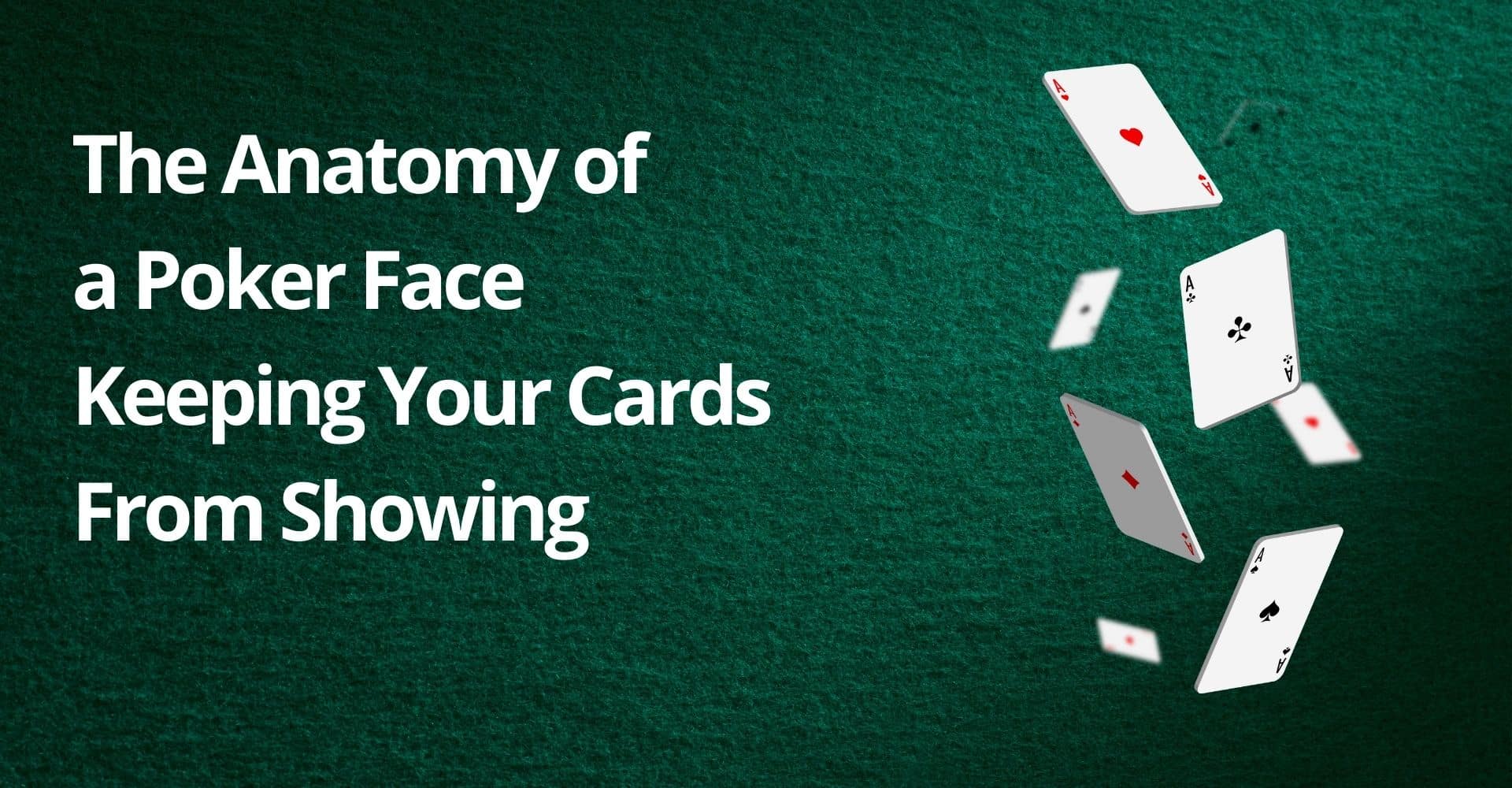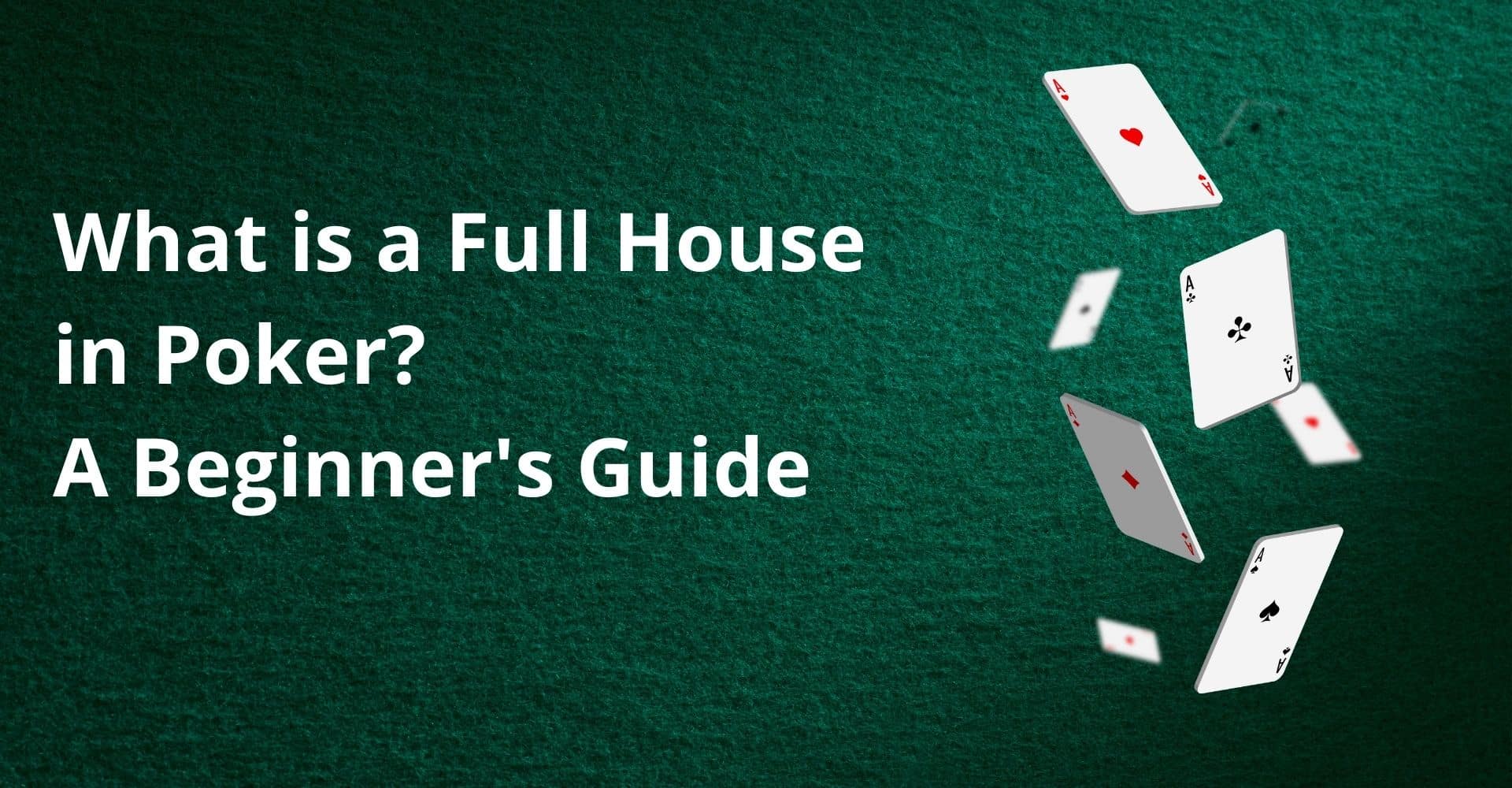If you want to learn how to play poker, make bets, and understand the lingo – Tony G has all the answers for you. Today, we’re breaking down hand rankings, card values, gameplay, and everything else you need to know before sitting down at a poker table. Without further ado, let’s jump into it.
Know About the Pack
In most poker games, a standard 52-card deck is used, sometimes with the addition of two jokers. Even though poker is almost always a one-pack game, nowadays casinos and tournaments are starting to play with two in order to speed up the game.
Know About Card Values and Hand Rankings
One of the most important things when it comes to learning how to play poker is knowing the card values and hand rankings. Once you know these, you’ll be well on your way to figuring out the game.
Royal Flush – The hand that contains the five highest cards of any suit, e.g. 10♥, J♥, Q♥, K♥, A♥.
Straight Flush – This hand represents any five cards, of the same suit, organized in sequential order, e.g. 4♣, 5♣, 6♣, 7♣, 8♣.
Four of a Kind – You can make the hand by having cards of the same rank and, of course, a different suit, e.g. 9♠, 9♦, 9♥, 9♣.
Full House – With a full house, it means that you’ve connected two sets of cards with the same ranking. One of the suits has two cards, and the other three, e.g. Q♥, Q♣, Q♠, and 6♦, 6♣.
Flush – If your hand includes five cards of the same suit, you have a flush, e.g. 3♦, 5♦, 8♦, 10♦, Q♦.
Straight – A straight indicates having five cards, in any suit, organized in sequential order, e.g. 7♠, 8♣, 9♥, 10♦, J♠.
Three-of-a-Kind – Three cards of the same rank make three-of-a-kind, e.g. 10♦, 10♥, 10♠.
Two Pair – With two pairs, a player has two cards of the same rank, e.g. 5♦, 5♠, K♥, K♣.
A Pair – A pair represents two cards of the same rank, e.g. 7♦,7♥.
High Card – The high card is what’s looked at if the remaining players don’t make any combination we’ve mentioned. In this instance, the person with the highest card wins.
For more information on poker hands, tie-breakers, lowball poker rules, and more check out our guide on What is a winning hand in poker.
Know the Basics
When it comes to learning how to play poker, one thing to know is that there are generally two types you can encounter: Stud and Draw. The rules for both are almost identical with a few differences.
In Stud Poker, each player is dealt five cards, which they then have to assess, and wager their chips accordingly. Unless someone is willing to match their bet, the player who bids the most chips takes the pot. In this scenario, the remaining players will show their cards. Of course, the best hand takes all the chips.
On the other hand, in Draw Poker, once players receive their five cards, the rounds of betting start to take place. The remaining players can then attempt to improve their hands by trading as many as three cards for three new ones from the deck. If a player has an Ace, they can trade all four of their cards if they want.
Know About Betting
Knowing how and when to bet is an important aspect of learning how to play poker and how the gameplay works.
Starting to the left of the dealer, every player will have four options:
Raise – A player who thinks they have a good hand, or at least wants others to think so, can increase the wager required to keep playing.
Fold – A player who thinks that their hand isn’t good enough to win or doesn’t want to wager the increased hand can lay down their cards. Even though they won’t win the hand, they won’t lose any more chips.
Call – When a player decides to raise the stakes, all remaining players have to decide whether to raise them again, fold, or call. If they call, that means that they want to equal the amount wagered by the player who raised it.
Check – If no one raised in that betting round, players can stand pat by check or pass on their option to bet.
Know the Lingo
Veteran players often use phrases and poker lingo that might be tough for beginners to decipher. So let’s take a look at some of the basics that’ll help you follow along in any game.
Blinds and Ante Bets
Games like Texas Hold’Em and Omaha feature small and big blinds. They’re called blinds because they represent the bets players have to make before they actually see any cards. There are small and big blinds, as well as buttons and the purpose of blinds is to drive the action forward or force action. They essentially prevent players from folding and waiting until they get an incredible hand.
But in Stud Poker games, you’ll usually see antes. They also involve players putting chips in the middle before the hand even starts. They’re mandatory bets that you most commonly see in tournaments, but can also be found in cash games.
For more information on blinds, antes, and buttons, check out this guide on blinds in poker.
Limit vs. No Limit Games
When you hear the term “no-limit betting” it signifies that, in that game, players can bet as much as they like at any point in the hand. They can even go all in.
On the other hand, in pot-limit games, the current size of the pot represents the upper limit of how much players can bet.
In games with fixed-limit betting, there’s a predetermined amount from which players can’t stray when making their bets and raises.
To Sum Up: How to Play Poker
While poker might seem complicated at times, remember that there’s a reason why it’s so popular. Once you know the basic rules of the game and the hand rankings, you’ll be well on your way to not only knowing how to play poker but mastering it.
If you’re still unsure of your skills and want to practice, you can try out online casinos like CoinPoker. They allow you to play with micro or small stakes and hone your skills while experiencing different styles of play.






